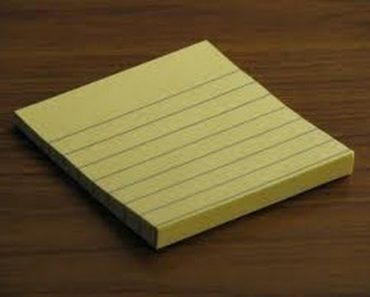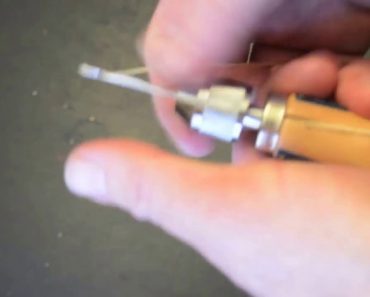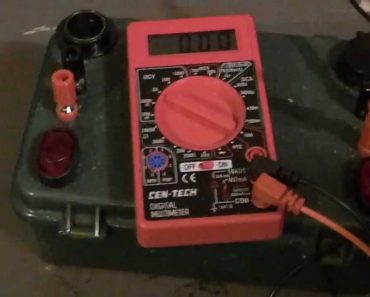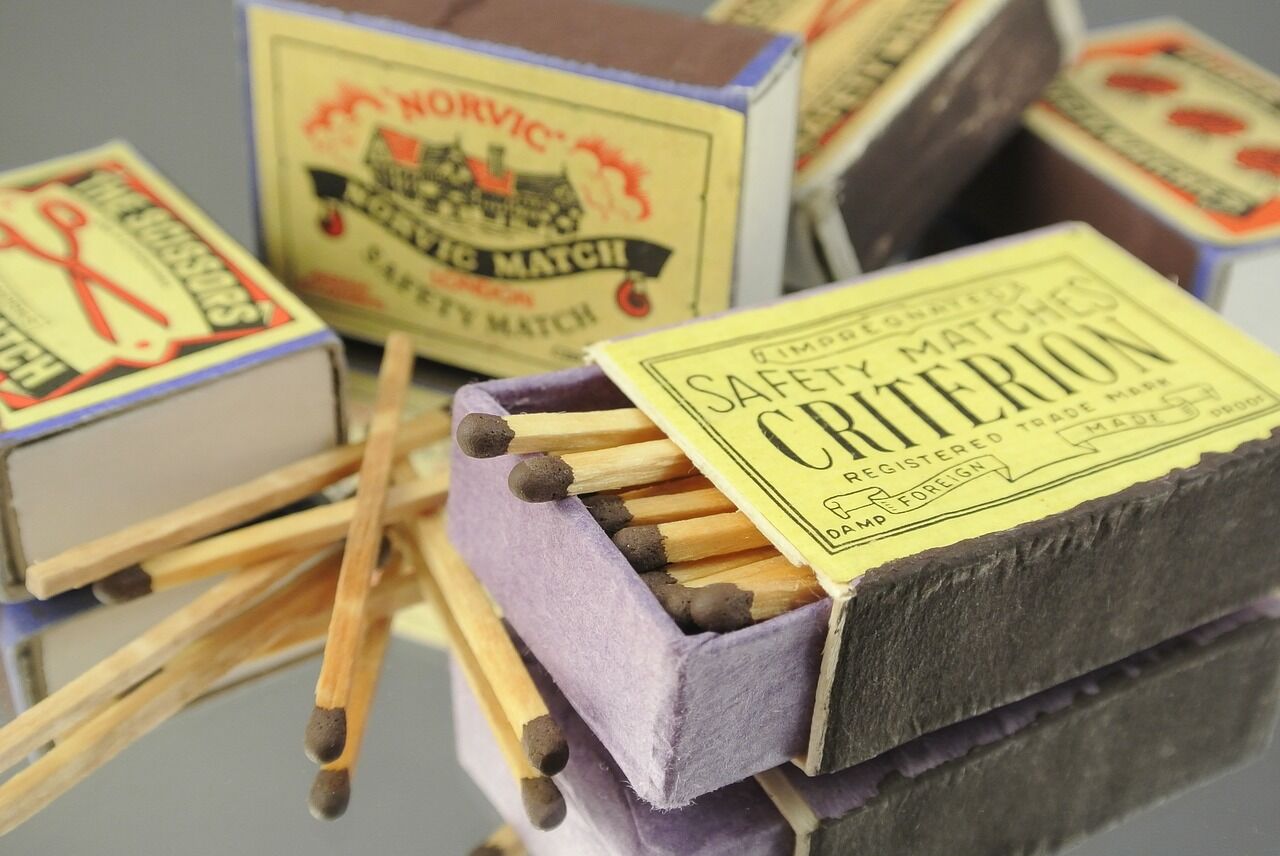As I said in the video, today’s project is not a “prepper” project. Rather it is something I did to make carrying my business cards easier. I just wanted to share how to make a DIY card pad with you in the event that it may make your life a little easier as well. […]
Category: How To (How I Did)
You could call this a How To – but people often tell me I did it wrong – now to be fair you can’t really tell me I can’t do it that way, when the video shows I actually DID do it that way – so to cool down the hateraide – lets just call this HOW I DID
How to Use a Speedy Stitcher Sewing Awl
Speedy Stitcher Sewing Awl is one of those pieces of equipment that I bought on a whim, and kept a couple around for decades without ever using it because I felt it was an essential tool to own just in case, but that I never actually tried out. The other day I had a […]
How to Make a DIY Battery Box
Being a DIY’er is a lot like being a gun guy. Any self respecting gun guy has (at one time or another) bought a gun simply because he had either a holster or an odd box of ammunition that he didn’t have a gun for. This DIY Battery Pack project is like that. I […]
How to Make Hot Glue Matches for Emergency Repairs
Have you ever needed to fix something but did not have a hot glue gun handy? Today’s hot glue matches project shows how to combine strike anywhere matches with hot glue so you always have the ability to use hot glue no matter where you are. It is not hard, and all you really need […]





